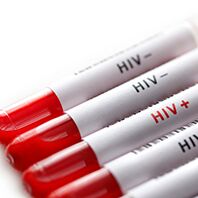 HIV stands for human immunodeficiency virus. The virus can lead to acquired immunodeficiency syndrome, or AIDS, if not treated. Unlike some other viruses, the human body can’t get rid of HIV completely, even after treatment.
HIV stands for human immunodeficiency virus. The virus can lead to acquired immunodeficiency syndrome, or AIDS, if not treated. Unlike some other viruses, the human body can’t get rid of HIV completely, even after treatment.
Right now, there is no cure for HIV. But with proper medical care, HIV can be effectively controlled. Treatment for HIV is called antiretroviral therapy or ART. If taken as prescribed, ART can dramatically prolong the lives of many people who have HIV and keep them healthy. Also, people with HIV who take HIV medicine as prescribed and keep an undetectable viral load will not transmit HIV through sex. Before the introduction of ART in the mid-1990s, people with HIV could progress to AIDS (the last stage of HIV infection) in a few years. Today, someone who gets an HIV diagnosis and starts treatment in the early stages of the disease can live nearly as long as someone who does not have HIV.
HIV attacks the body’s immune system , specifically the CD4 cells . These special cells help the immune system fight off infections. If HIV isn’t treated, it reduces the number of CD4 cells in the body. This damage to the immune system makes it harder and harder for the body to fight off infections and some other diseases.
If HIV infection isn’t treated, a person is more likely to get other infections or infection-related cancers. These opportunistic infections or cancers take advantage of a very weak immune system and make the person even sicker.
 More information:
More information:Opportunistic illnesses are infections and infection-related cancers that are more common or more severe in people with HIV because their immune systems are damaged. Examples include Kaposi's sarcoma, lymphoma, tuberculosis, and pneumonia.
How HIV Is Transmitted
Only certain body fluids —from a person with HIV can transmit HIV. The body fluids that can transmit HIV are blood, semen (cum), pre-seminal fluid (pre-cum), rectal fluids, vaginal fluids, and breast milk. For transmission to occur, these fluids must come in contact with a mucous membrane or damaged tissue or be directly injected into the bloodstream (from a needle or syringe) of a person without HIV. Mucous membranes are found inside the rectum , vagina, penis, and mouth.
You can get or transmit HIV only through specific activities. Most commonly, people get or transmit HIV through sexual behaviors and needle or syringe use. However, there are ways to greatly reduce your risk of getting or transmitting HIV from these activities, such as
Learn more about how HIV is and isn’t transmitted in the United States.

More Information
HIV is most often transmitted by
- Having sex with someone who has HIV without using a condom or taking medicine to prevent or treat HIV.
- Anal sex is the riskiest type of sex for getting or transmitting HIV. For the HIV-negative partner, receptive anal sex ( bottoming ) is much riskier than insertive anal sex ( topping ).
- Either partner can get HIV through vaginal sex, though it is less risky for getting HIV than anal sex.
- Sharing needles, syringes or other injection equipment (for example, cookers) with someone who has HIV. HIV can live in a used needle for up to 42 days depending on temperature and other factors.
Less commonly, HIV may be transmitted by
- Pregnancy, childbirth, or breastfeeding if the mother has HIV— HIV can be passed from mother to child during pregnancy, birth, or breastfeeding. The risk can be high if a mother with HIV is not taking HIV medicine (called antiretroviral therapy, or ART). But recommendations to test all pregnant women for HIV and start HIV treatment immediately have lowered the number of babies born with HIV.
- Being stuck with an HIV-contaminated needle or other sharp object. This is a risk mainly for health care workers.
In extremely rare cases, HIV may be spread by
- Oral sex— putting the mouth on the penis ( fellatio ), vagina ( cunnilingus ), or anus (rimming). Generally, there is extremely low to no risk of getting HIV from oral sex. But the risk is higher if blood, open sores, or other sexually transmitted diseases are present and the person with HIV has a detectable viral load.
- Receiving blood transfusions, blood products, or organ/tissue transplants that are contaminated with HIV. This risk is extremely low because of thorough testing of the US blood supply and donated organs and tissues.
- Eating food that has been pre-chewed by someone with HIV. When a caregiver with HIV pre-chews food, infected blood can mix with the food, but this is very rare. The only known cases of getting HIV from pre-chewed food are among infants.
- Being bitten by a person with HIV. Each of the very small number of documented cases has involved severe trauma with extensive tissue damage and the presence of blood. There is no risk of transmission if the skin isn’t broken.
- Contact between broken skin, wounds, or mucous membranes and HIV-infected blood or body fluids contaminated with blood. Reports of this have also been extremely rare.
- Deep, open-mouth kissing if both partners have sores or bleeding gums and blood from the partner with HIV gets into the bloodstream of the partner who doesn’t have HIV. HIV isn’t spread through saliva. Transmission through kissing alone is extremely rare.
HIV isn’t transmitted by
- Saliva, tears, or sweat (unless it is mixed with the blood of a person with HIV).
- Hugging, shaking hands, sharing toilets, sharing dishes, or closed-mouth or “social” kissing with someone who is HIV-positive.
- Other sexual activities that don’t involve the exchange of body fluids (e.g., touching).
- Mosquitoes, ticks or other blood-sucking insects.





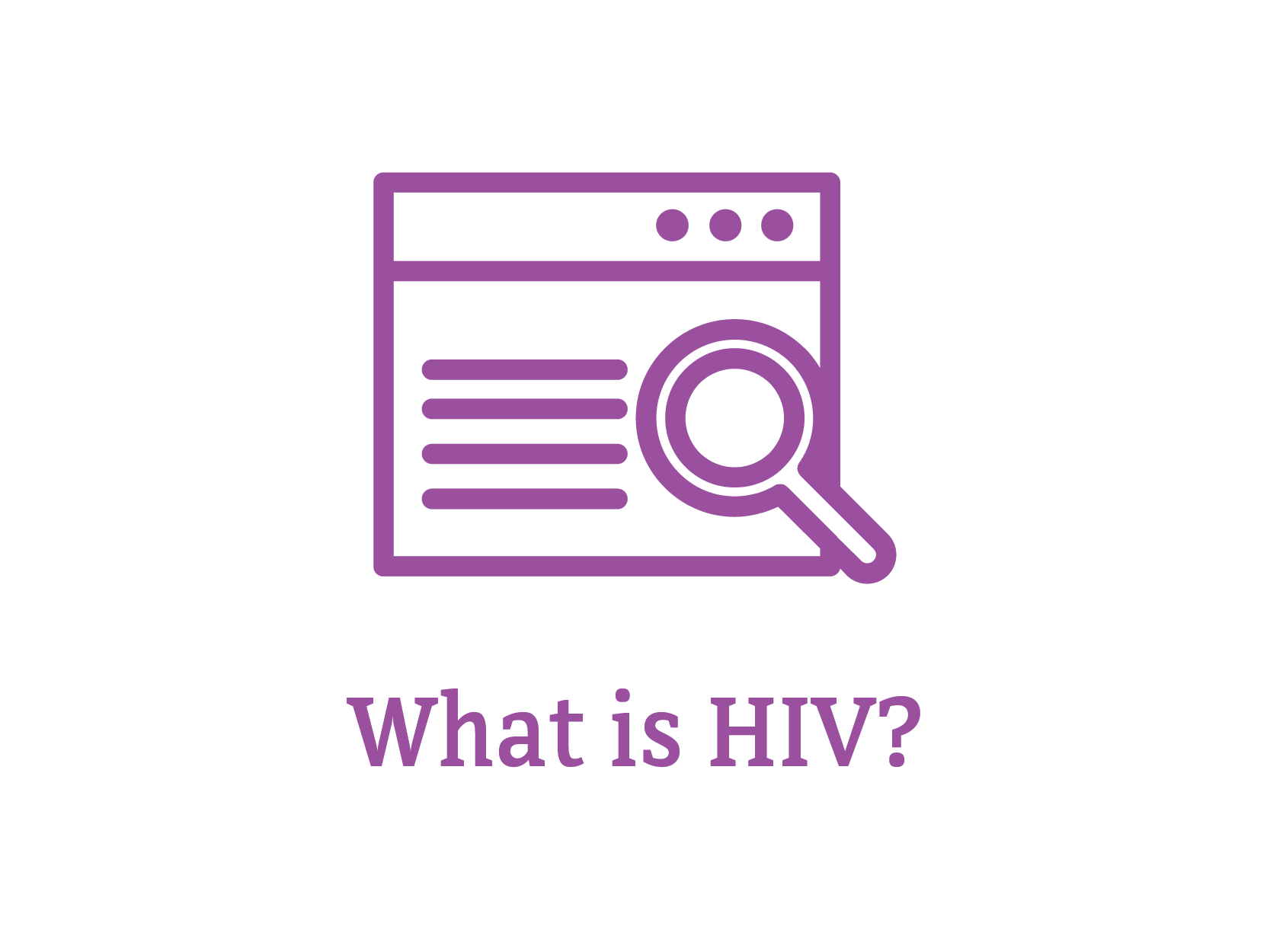
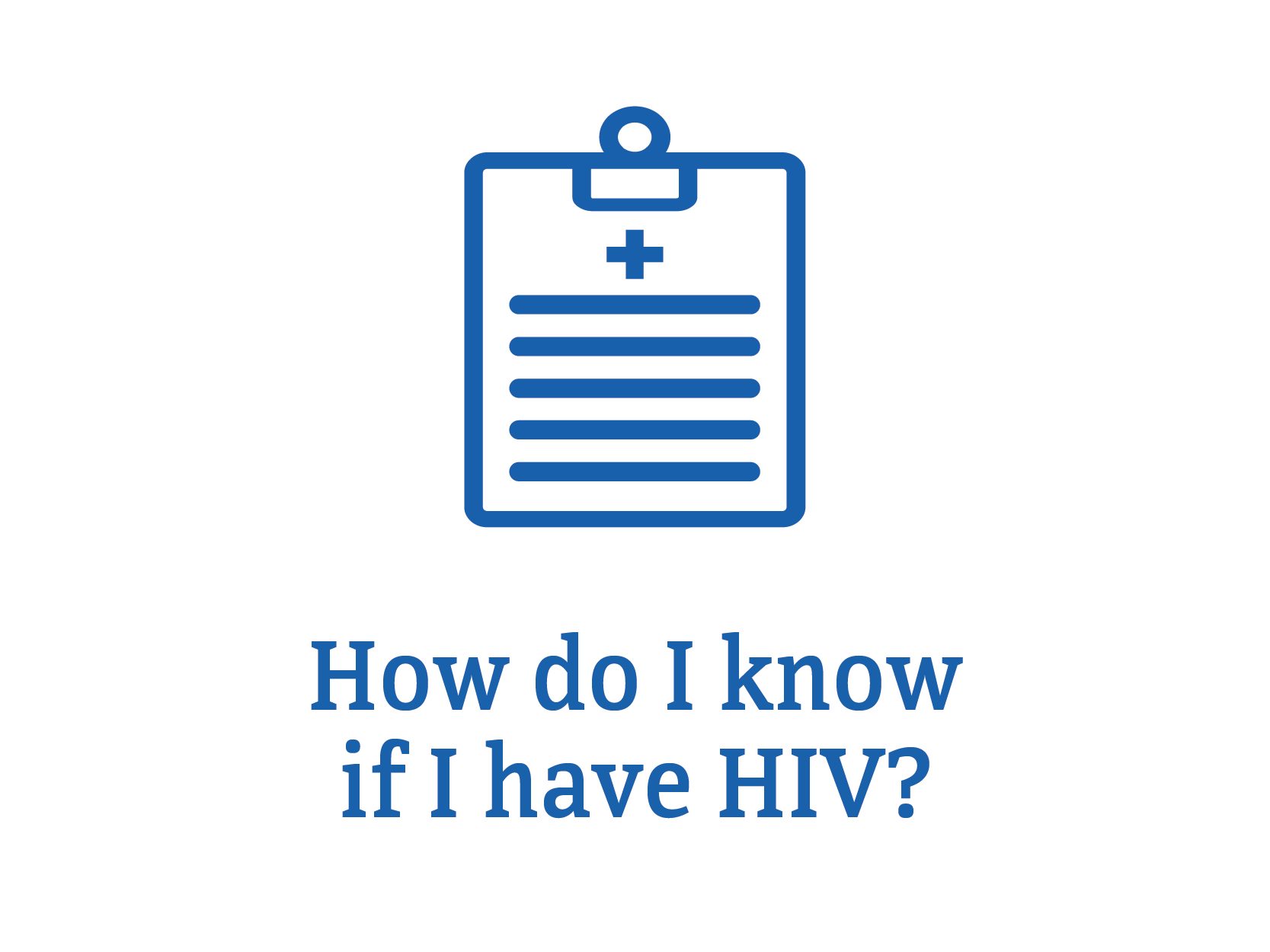
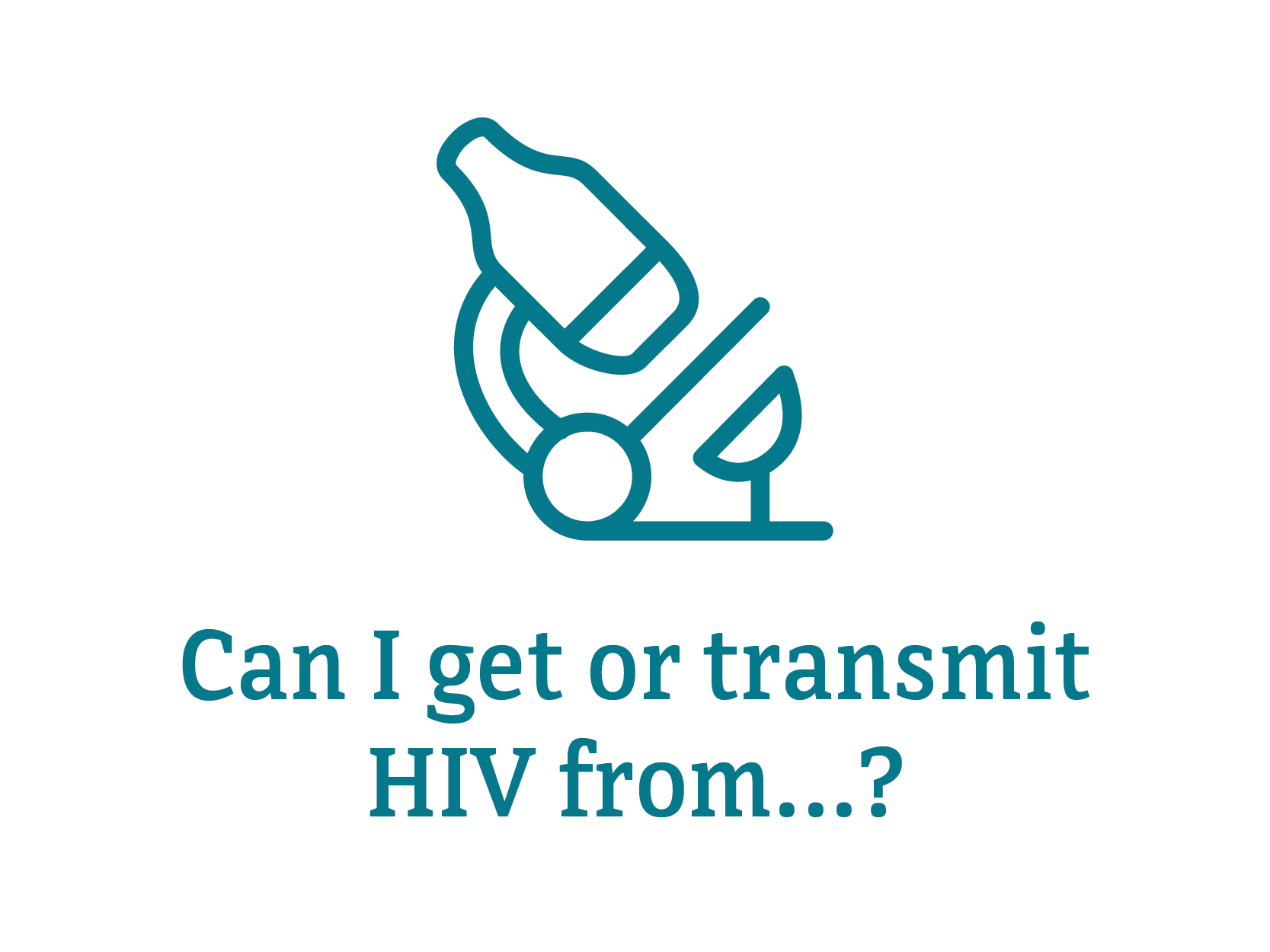

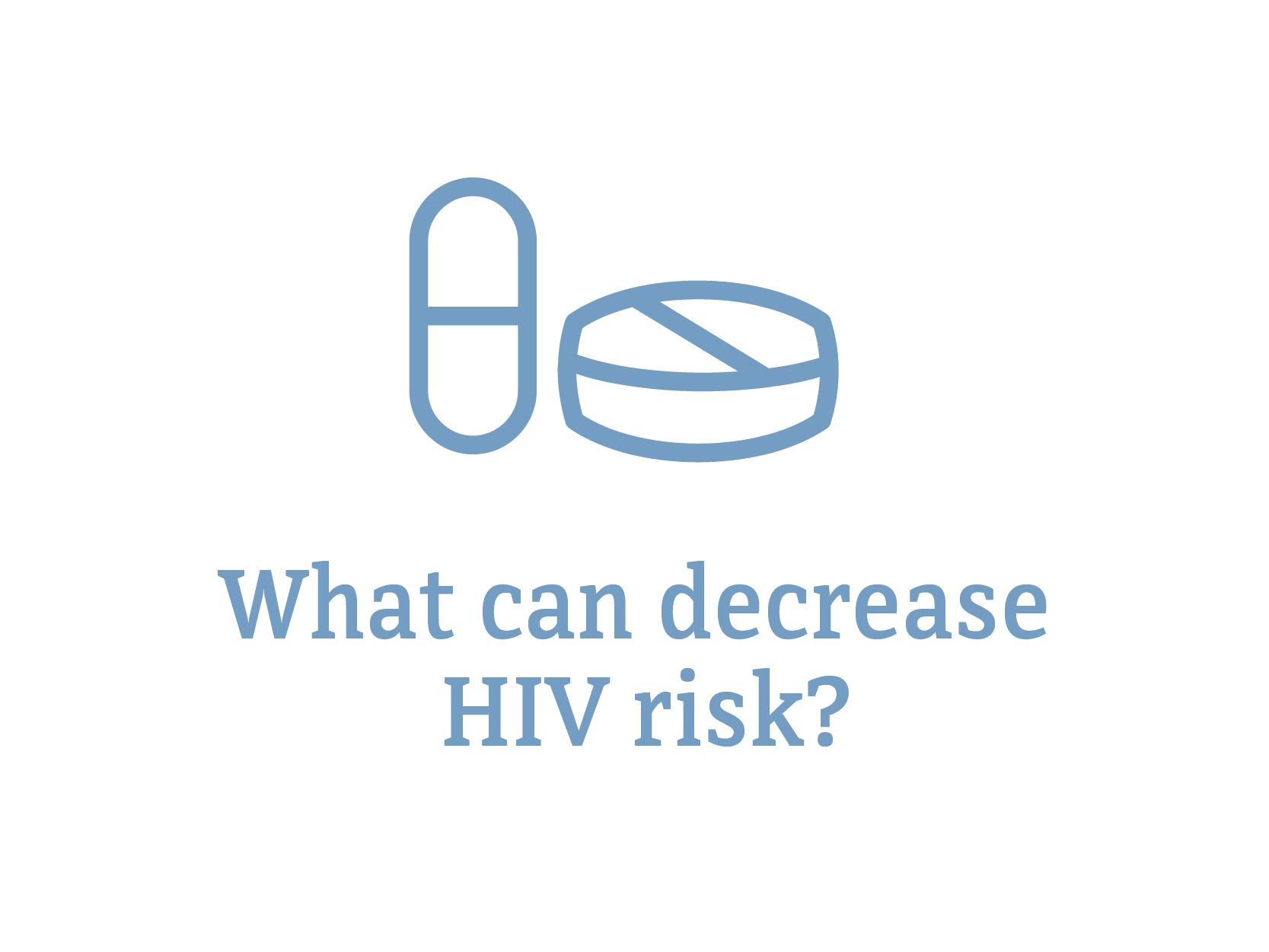
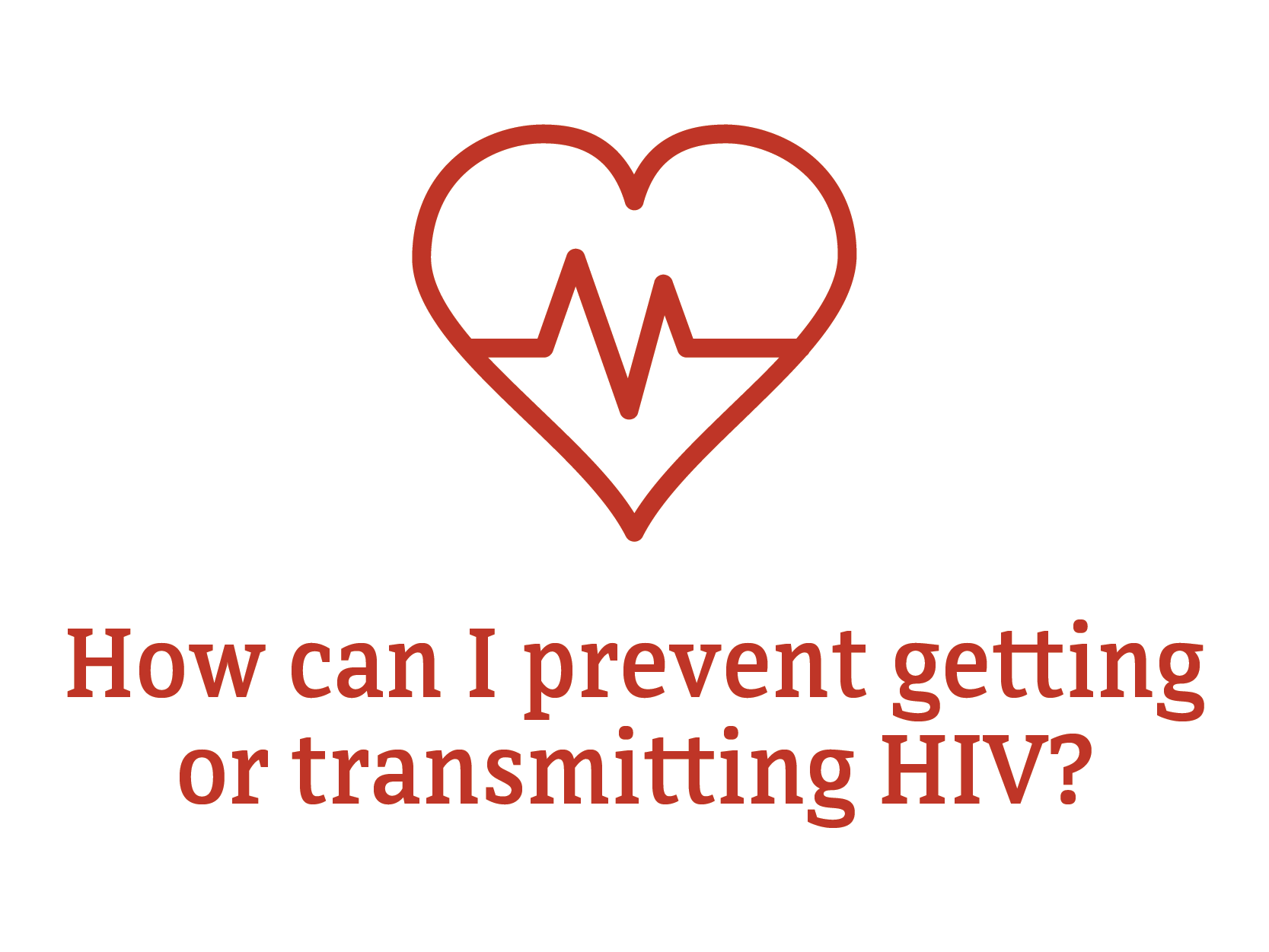



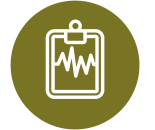
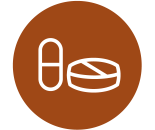
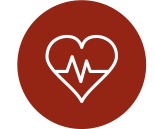
 HIV stands for human immunodeficiency virus. The virus can lead to acquired immunodeficiency syndrome, or AIDS, if not treated. Unlike some other viruses, the human body can’t get rid of HIV completely, even after treatment.
HIV stands for human immunodeficiency virus. The virus can lead to acquired immunodeficiency syndrome, or AIDS, if not treated. Unlike some other viruses, the human body can’t get rid of HIV completely, even after treatment.
